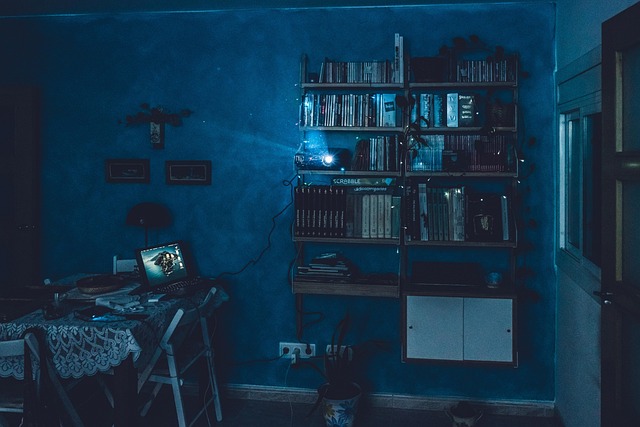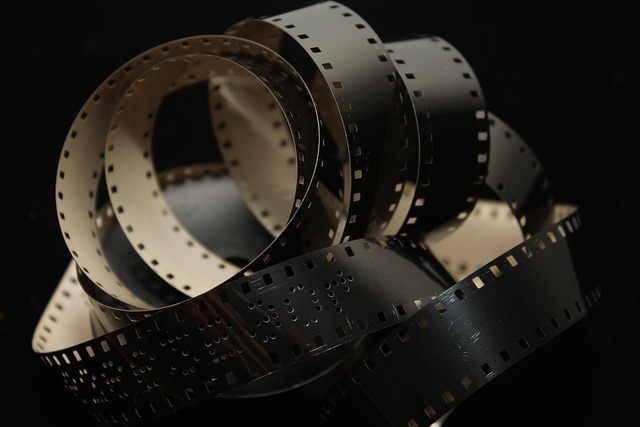
“Vibrant Visions: The Evolution of Color Film in Cinema”
Vibrant Visions: The Evolution of Color Film in Cinema
In the realm of cinema, few elements are as important as color. The evolution of color film has transformed the storytelling landscape, taking audiences on vivid journeys that play with emotions and imagination. From the black-and-white origins of film to today’s strikingly colorful visuals, the history of color film brings to light an art form that resonates deeply with viewers.
The first steps into color were actually tentative. Early experiments, such as Kinemacolor and the three-color process, sought to capture the vibrancy of real life but often fell short. Yet, cinema’s bold creators persevered. The introduction of Technicolor in the 1930s revolutionized color film, allowing filmmakers to weave rich tapestries of hue directly into their narratives. Think back to classics like The Wizard of Oz or Gone with the Wind; these films use color film not merely as a visual enhancement but as a storytelling mechanism that amplifies emotion and underscores themes.
As we moved into the 1950s and 60s, the palette of color film became bolder and more expressive. Filmmakers such as Federico Fellini and Jean-Luc Godard experimented with color to evoke a deeper response from their audience, using it as a character in its own right. The combination of brilliant reds, serene blues, and earthy greens could shift the entire atmosphere of a scene, allowing viewers to feel, not just see.
With the advent of digital filmmaking, color film entered a new era. The precision of digital color grading empowered directors to manipulate hues with unprecedented control. Today, we see filmmakers like Wes Anderson and Guillermo del Toro use color film to build entire worlds that are visually unique and striking. These contemporary stylists expertly illustrate how color film can shape narrative and emphasize mood, inviting audiences to immerse themselves fully in the cinematic experience.
Moreover, color film has a way of connecting us across cultures and generations. Consider how certain colors elicit universal feelings—red signifies passion, blue implies tranquility, and yellow brings warmth. Filmmakers leverage these associations, allowing audiences worldwide to understand complex emotions through a shared visual language. This creates a bridge that transcends spoken words, leading to a more profound appreciation of cultural narratives.
As we look ahead, the future of color film in cinema looks just as vibrant and promising. With advancements in technology, we can anticipate even richer displays of color and dramatic visual storytelling. The integration of artificial intelligence in post-production offers possibilities that could redefine how stories are told. Imagine a film where color shifts in real-time to reflect character emotions or societal contexts. The imagination knows no bounds!
The journey of color film is a testament to the creativity and resilience of filmmakers who have pushed the boundaries of visual expression. Each frame, bursting with color and life, speaks to our shared humanity, inviting us to see, feel, and experience cinema in its most exhilarating form.



